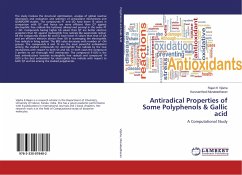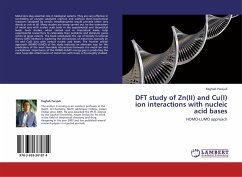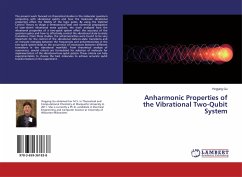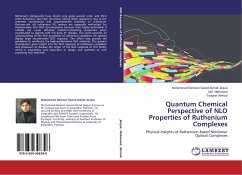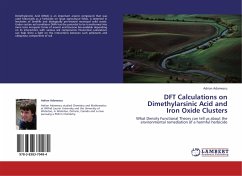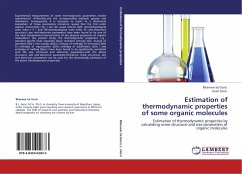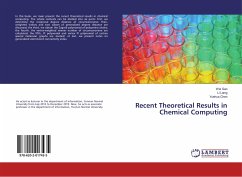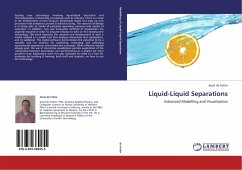The study involves the structural optimization, analysis of global reactive descriptors and evaluation and selection of antioxidant mechanisms and QSAR/QSPR studies. The compounds PT and GO have lower IE values in comparison with QT and hence are more efficient than QT against electrophilic free radicals like hydroxyl, alkoxyl and peroxyl in the order PT GO. Compounds having higher EA values than QT are better electron acceptors than QT against nucleophilic free radicals like superoxide radical. All the compounds except RU and EL have lower IE values than that of GA and are efficient electron donors than GA in scavenging the electrophilic free radicals in living system. The BDE value decreases with number of -OH groups. The compounds 8 and 14 are the most powerful antioxidants among the studied compounds for electrophilic free radicals by the two mechanisms with respect to both Qt and GA. In both cases the compound 5 prefers to act thorough HAT mechanism. The compound 9 (GS) is the best antireductant towards nucleophilic free radicals and compound 14 (GO) is the best antioxidant for electrophilic free radicals with respect to both QT and GA among the studied polyphenols.
Bitte wählen Sie Ihr Anliegen aus.
Rechnungen
Retourenschein anfordern
Bestellstatus
Storno

